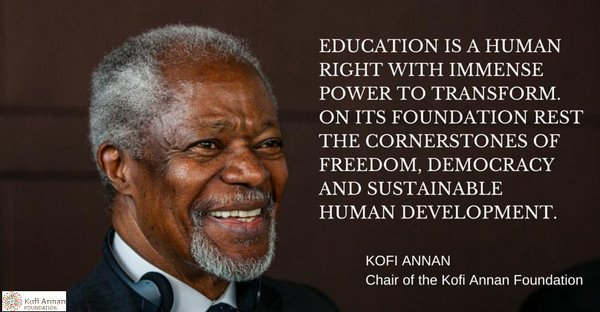Written by: Spiro Metaxas

On September 10th, 2016 in New York City, a final draft of the New Urban Agenda (NUA) was accepted by members of UN-affiliated national governments. The NUA consists of 175 paragraphs, outlining the global standards to be followed for the future of urban sustainable development for human settlements. This agenda will be presented at the Habitat III global conference to take place October 17-20th in Quito, Ecuador. Members of UN-affiliated governments will partake in this four-day affair, with other invited and registered civil society organizations present as formal observers. Some believe that the exclusion of civil society groups and local governments from having any formal voting powers to be a tenuous deal. Moreover, because of this, their power to modify the agenda is severely limited. In light of this, social forums themed around resistance to this “mega-event” are set to take place alongside the UN conference.
Despite the benefits and drawbacks of the Habitat III event, the NUA is filled with desirable and feasible standards for governments to achieve. Importantly, non-governmental organizations occupied with the concern over the city (as an abstract concept) have fought for the inclusion of a formal “right to the city”. For months, the hashtags “#Right2City” and “#SupportTheCity” have pervaded social media. Umbrella organizations such as the UCLG (United Cities and Local Governments) have helped to spearhead the inclusion of this profound right.
On September 10th, the momentous campaign proved successful, as the Right to the City was formally recognized in the NUA, under paragraph 11, which reads:
“We share a vision of cities for all, referring to the equal use and enjoyment of cities and human settlements, seeking to promote inclusivity and ensure that all inhabitants, of present and future generations, without discrimination of any kind, are able to inhabit and produce just, safe, healthy, accessible, affordable, resilient, and sustainable cities and human settlements, to foster prosperity and quality of life for all. We note the efforts of some national and local governments to enshrine this vision, referred to as [the] right to the city, in their legislation’s political declarations and charters.” (alteration mine)
This right translates to a significant advancement for the flourishing of (urban) human settlements. More, it lays the foundation for a feasible goal to be sought after and achieved. In a correlative sense, the content of such a ‘right’ implies a duty governments and citizens have in seeing its practical implementation. So much is clear in the words “are able to inhabit and produce…” human settlements worthy of dignified, affordable living. As such, the general content of the NUA touches on so many vital issues that city-living encompasses: housing affordability, homelessness, economic development, urban security, infrastructure, local governance, civil society, policing, etc. Given the breadth and ambition of the NUA, our public attention is essential in overseeing the implementation and aftermath of any of its resolutions.
As we move closer to the Habitat III event in October, so too should we be reflecting on the place the city has in our everyday lives and how its development impacts our future.

